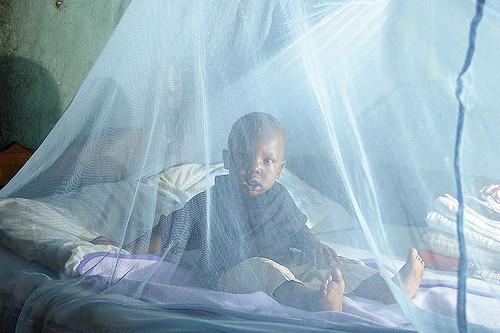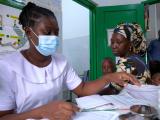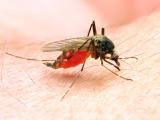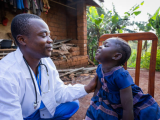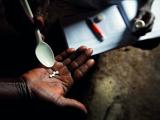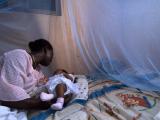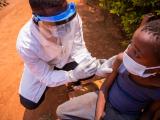Though much progress has been made connecting people in malaria-endemic countries with key disease control interventions, significant gaps remain in some regions, with stagnant global funding that could slow progress on driving down the disease threat, according to an annual snapshot of the global malaria battle released today.
The assessment is detailed in a 186-page report from the World Health Organization (WHO) that lays out the latest global and regional malaria trends, highlights progress toward global targets, and describes success and challenges in controlling and eliminating the disease.
Focus on newly approved goals
At a media briefing last week to preview the report, Pedro Alonso, MD, PhD, director of the WHO Global Malaria Program, said last year's report focused on trends and progress over the past decade, and this year's report looks toward the future and marks a transition to new goals to reduce the disease burden that were approved by the World Health Assembly in 2015.
For one of the main goals—eliminating malaria in at least 10 countries by 2020—the outlook is promising, according to the WHO. In 2015, 10 countries or territories reported fewer than 150 endemic malaria cases, and 9 more reported only 150 to 1,000 cases.
Progress, though, is lagging on other key targets. The new goal calls for reducing malaria cases 40% by 2020, but according to today's report, only 40 of 91 countries or territories with active malaria transmission are on track to reach the goal, with progress especially slow in high-disease-burden countries.
Progress with interventions
New findings show that for 2015, about half (51%) of children with fevers who were evaluated at a public health clinic in 22 African countries were tested for malaria, up from 29% in 2010. The report adds that diagnostic testing is a key tool for rapidly detecting and treating the infection.
To help protect women in African countries that have moderate to high levels of malaria, the WHO recommends intermittent preventive treatment in pregnancy (IPTp) with sulfadoxine-pyrimethamine, administered at each visit after the first trimester. The strategy is designed to reduce maternal and infant deaths and curb malaria and other complications of malaria during pregnancy.
According to the new report, the women who got the recommended three or more IPTp doses in 20 African nations rose to 31%, up steeply from 6% in 2010.
In November a WHO study of long-lasting insecticidal nets over 5 years in five countries found that people who slept under them had significantly lower rates of malaria, even when mosquitoes were resistant to pyrethroids, the insecticide used in the nets.
Acknowledging gaps
Despite the progress, WHO experts said there is still a massive disease burden, especially in sub-Saharan Africa, where fragile health systems and complex challenges mean many still don't have access to the key interventions that have driven down malaria rates in other countries.
Richard Cibulskis, PhD, who coordinates the strategy, evidence, and economics unit at the WHO's Global Malaria Program, said, "We need to understand the reasons behind the gaps."
For example, he said in some larger households, children are least likely to sleep under antimalarial nets, and health officials grapple with finding better ways to educate people. Sometimes the problem is that communities are difficult to reach. "The problems vary by situation and are very complex," Cibulskis said.
An urgent call for funding
Global investments for battling malaria spiked between 2000 and 2010 but have dropped since then, the report said. For 2015, the total was $2.9 billion, only 45% of the $6.4 billion milestone for 2010.
Alonso said the world is in danger of missing the new malaria goals without adequate funding, which he said must come from both donors and the affected countries.
For 2015, malaria-affected countries provided 31% of funding. For the donor portion, the United States was the biggest funder, providing 35% of the total, followed by the United Kingdom.
See also:
Dec 13 WHO press release
Dec 13 WHO world malaria report for 2016
